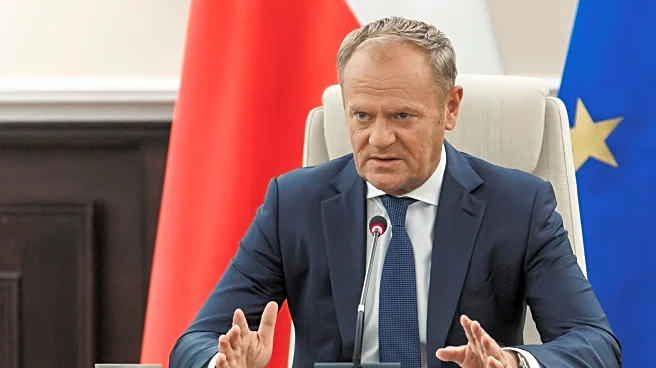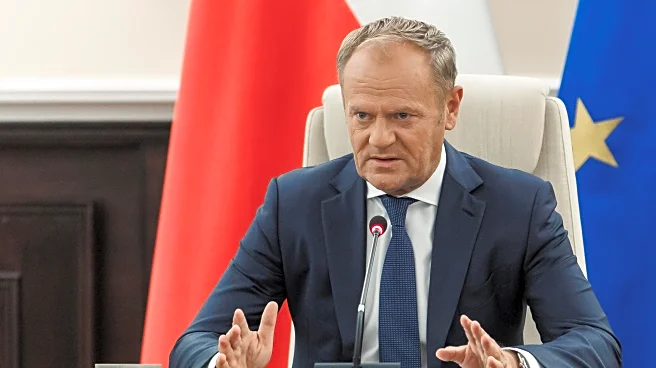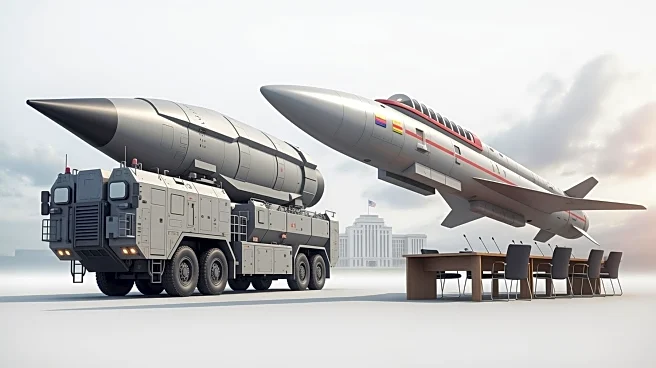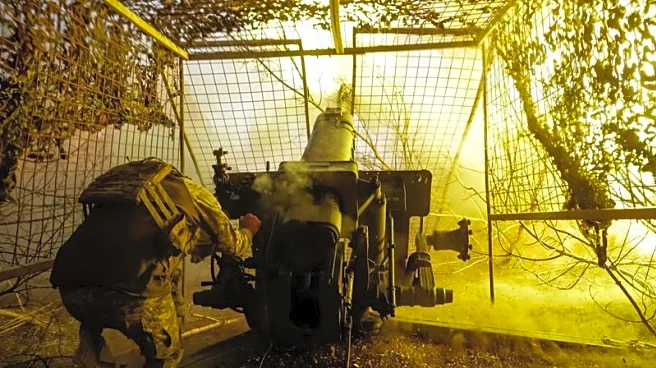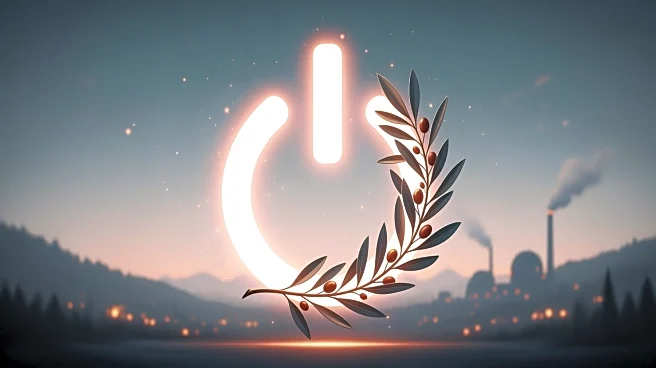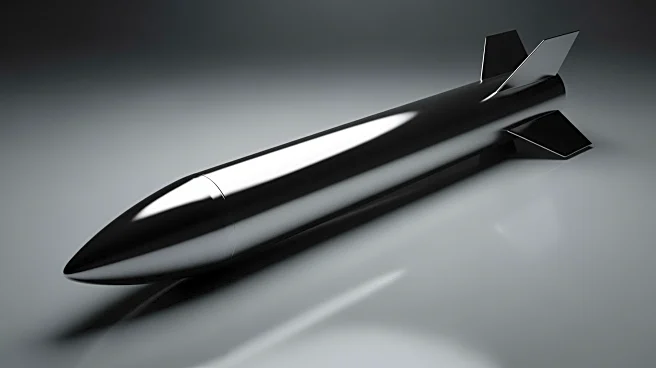What's Happening?
The International Atomic Energy Agency (IAEA) has announced efforts to restore power to the Zaporizhzhia nuclear plant in Ukraine, following the establishment of rare 'ceasefire zones.' The plant has been
without power from the electricity network for four weeks, marking the longest blackout since the conflict began. IAEA Director Rafael Grossi stated that work has commenced to repair damaged off-site power lines, with both Ukrainian and Russian sides engaging constructively to enable the complex repair plan. The Zaporizhzhia plant, occupied by Russian forces, has experienced ten power outages since the war's onset. The recent blackout forced the plant to rely on emergency diesel generators for over 20 days. Both Ukraine and Russia have traded accusations regarding the cause of the outage, with Ukraine alleging intentional disruption by Russia and Russia blaming Ukrainian shelling.
Why It's Important?
The restoration of power at the Zaporizhzhia nuclear plant is crucial for nuclear safety and security in the region. The plant's prolonged disconnection from the grid poses significant risks, including potential radiation incidents. The establishment of ceasefire zones to facilitate repairs highlights the international community's concern over the plant's safety. The ongoing conflict and infrastructure attacks have broader implications for energy security in Europe, as disruptions at nuclear facilities can have far-reaching consequences. The situation underscores the vulnerability of critical infrastructure in conflict zones and the need for international cooperation to mitigate risks.
What's Next?
The successful restoration of power at the Zaporizhzhia plant will depend on the continued cooperation between Ukrainian and Russian forces, as well as the security guarantees provided by the military. The IAEA will likely continue to monitor the situation closely, ensuring that repairs proceed safely. The broader conflict in Ukraine remains a significant factor, with potential for further disruptions to energy infrastructure. International diplomatic efforts may focus on maintaining ceasefire zones and preventing further escalation around critical sites.
Beyond the Headlines
The situation at the Zaporizhzhia nuclear plant highlights the complex interplay between military conflict and civilian infrastructure. The use of ceasefire zones for repair work reflects a rare instance of cooperation in a highly contentious environment. This development may set a precedent for future negotiations in conflict zones, where the protection of critical infrastructure is paramount. The incident also raises questions about the long-term security of nuclear facilities in war-torn regions and the role of international organizations in safeguarding them.


